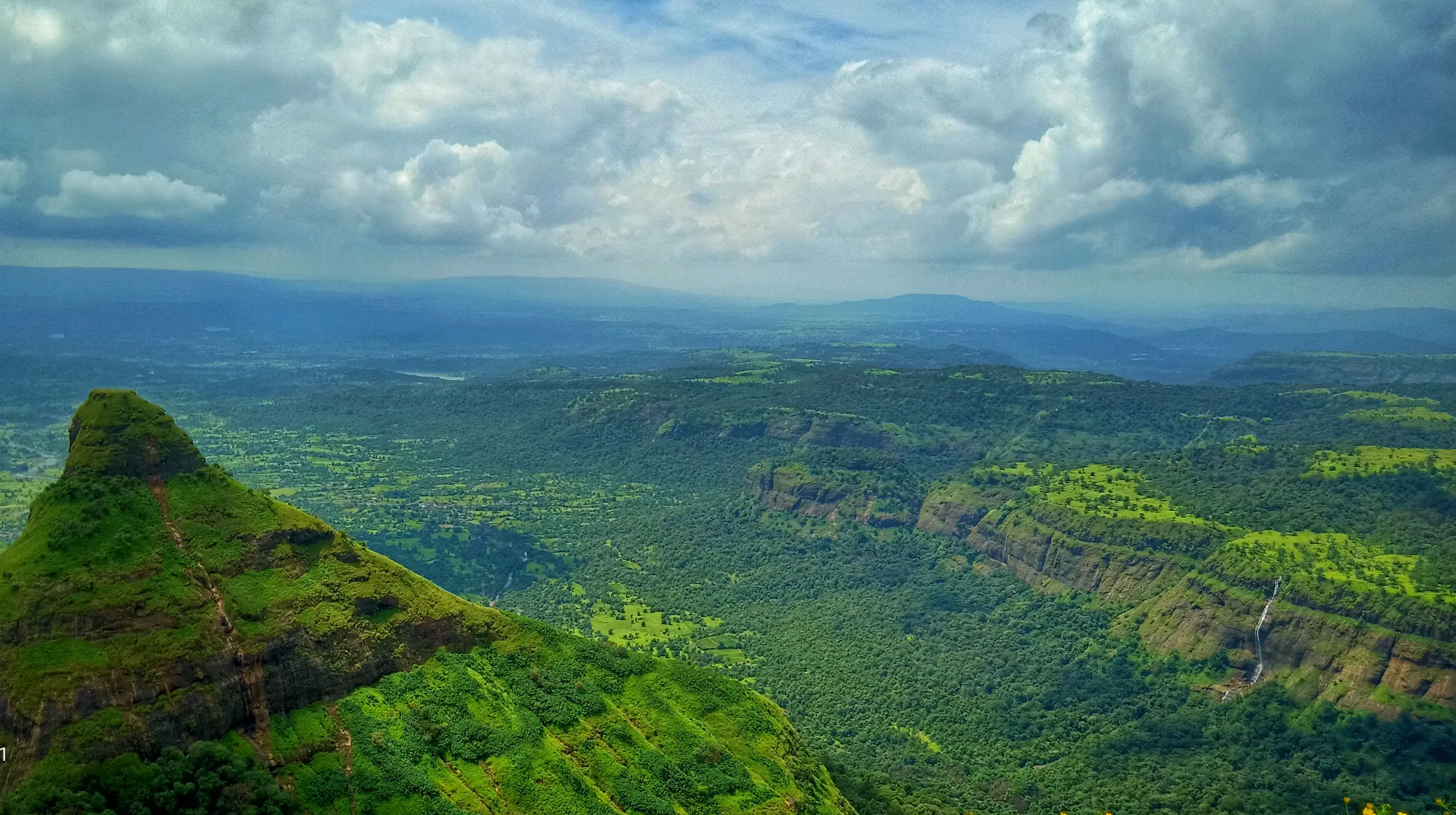
Hotels
•04 min read

Did you know that India offers some of the most breathtaking high-altitude trekking experiences in the world? Among these is the highest trekking peak in India, a destination where adventure meets beauty. High-altitude trekking in India is a journey filled with panoramic Himalayan views, thrilling challenges, and a unique sense of accomplishment. This blog answers frequently asked questions about the highest trekking peak in India and many other trekking adventures in the Indian Himalayas.
The peak in question is Stok Kangri. It is widely recognized as the highest trekking peak in India. Located in Ladakh, its altitude reaches 6,153 meters. Unlike technical mountaineering, this peak is known as a trekking destination, making it accessible to experienced hikers who seek a formidable challenge without the need for advanced technical climbing skills.
Stok Kangri offers breathtaking Himalayan views that captivate the soul. Many adventure enthusiasts have it on their bucket list. Its blend of natural beauty and physical challenge makes it a popular choice among trekkers who wish to test their limits while enjoying nature’s wonders.
India is home to a variety of stunning trekking destinations. Other popular trekking peaks in India include Kanamo Peak, Kang Yatse II, and Friendship Peak. While each of these has its own charm and challenge level, Stok Kangri stands out with its impressive altitude and strenuous terrain.
Trekking peaks in India are celebrated for offering different experiences. Some routes demand technical skills while others focus on endurance and acclimatization. Stok Kangri is often seen as the pinnacle of these journeys because it pushes trekkers to their limits with its high altitude. It sets the benchmark for those seeking the highest mountain for trekking in India.
Taking on a peak like Stok Kangri requires both physical and mental preparation. Trekking this incredible trail demands a high level of fitness and resilience. It is important to practice cardio exercises and strength training well in advance of the trek. Equally essential is the need to build mental toughness since high-altitude trekking in India pushes both the body and mind to adapt quickly.
Acclimatization cannot be overlooked. Spending a few days at mid-altitudes can help the body adjust. This preparation can reduce the risks associated with high altitude. Adequate preparation also involves packing the right gear. Essential items include warm clothing, trekking poles, and safety equipment such as a first-aid kit. The right gear makes the journey not only possible but enjoyable.

The best time to trek Stok Kangri is between June and September. This period offers stable weather conditions and clear skies. During these months, the environment supports a successful summit attempt by reducing the unpredictability of Himalayan weather.
The Indian Himalayas provide endless opportunities for adventure trekking in India. Some of the best Himalayan treks in India include journeys to Goecha La, Kedarkantha, and Roopkund. Each trek has its own unique character. Some offer lower altitudes and gentle slopes, while others challenge trekkers with steep climbs and rugged terrains.
Choosing the right trek depends on experience, fitness, and personal taste. Beginners might opt for less demanding routes, whereas seasoned trekkers often look for challenging treks in India to test both endurance and persistence. Whether you are drawn to the peacefulness of Roopkund or the dramatic heights of Stok Kangri, the diverse trekking destinations in the Indian Himalayas ensure that every adventurer finds a path that suits them.
Trekking at high altitudes brings its own set of challenges. One of the most common issues is altitude sickness. Symptoms include headaches, nausea, and fatigue. Adequate acclimatization and gradual climbs help prevent these symptoms. Listening to the body and taking breaks when needed are key measures to overcome altitude sickness.
Weather conditions in the Himalayas are unpredictable. Sudden shifts from sunshine to storms are common. It is important to plan for rapid changes. Packing extra clothing and reliable safety equipment is essential for combatting harsh weather conditions.
Navigation and safety are other major concerns. Researching the route and hiring experienced guides is a wise decision. Skilled guides not only help with navigation but also offer valuable insights on how to manage unforeseen challenges during the trek.
Did You Know? The Thrill of Trekking Stok Kangri
Stok Kangri, the highest trekking peak in India, offers a rare opportunity to experience mountaineering without technical climbing skills. However, its altitude of 6,153 meters makes it a formidable challenge, requiring trekkers to acclimatize and prepare thoroughly.

Stok Kangri is the highest trek point in India. It is located in Ladakh and stands at an impressive altitude of 6,153 meters.
The Stok Kangri trek is known as the highest hike in India. It features a challenging path that many adventure enthusiasts dream of completing.
Mount Kilimanjaro in Tanzania is known as the highest trekking peak in the world. In India, Stok Kangri holds its own as one of the highest trekking peaks, offering a unique trekking experience.
Kanamo Peak, Kang Yatse II, and Friendship Peak are among the popular trekking peaks in India. Each offers its own challenges and stunning views for those seeking adventure.
Stok Kangri is generally not recommended for beginners. Its high altitude and challenging terrain call for considerable experience in high altitude trekking in India.
The journey to the highest trekking peak in India reveals the magic of the Himalayas. Stok Kangri is a coveted destination for adventure lovers. It challenges even seasoned trekkers with its high altitude and rugged terrain, while offering unforgettable views and profound personal achievement. The diverse trekking destinations in the Indian Himalayas allow trekkers to choose paths that match their experience and taste. Whether you are drawn to the peaceful trails of Roopkund or the challenging climbs of Stok Kangri, each trek presents a unique opportunity for adventure and self-discovery.